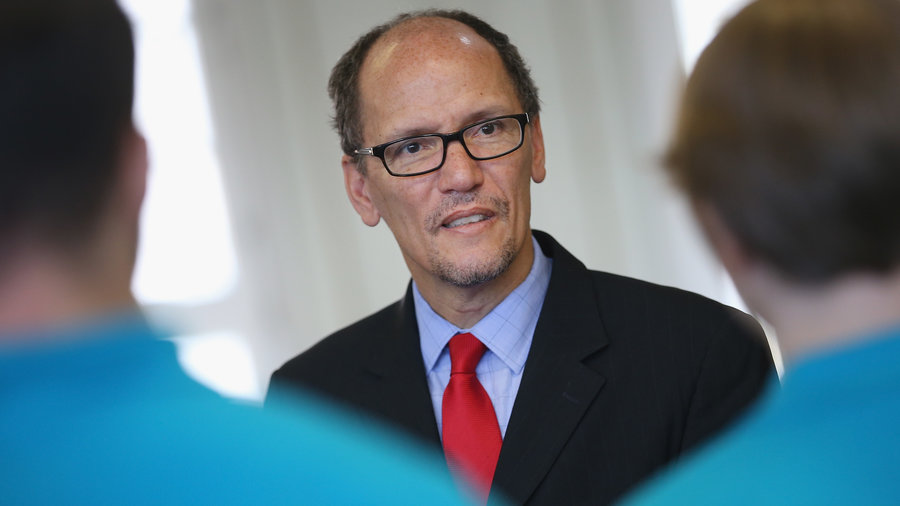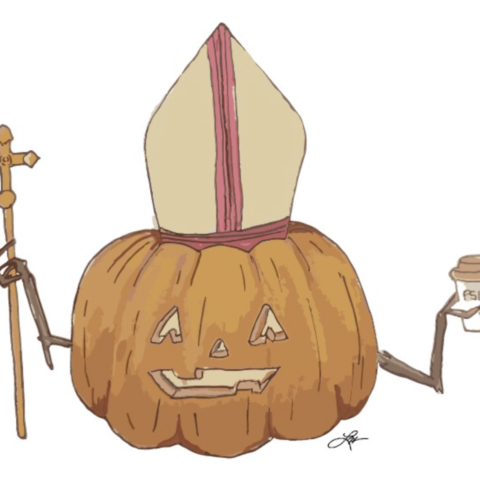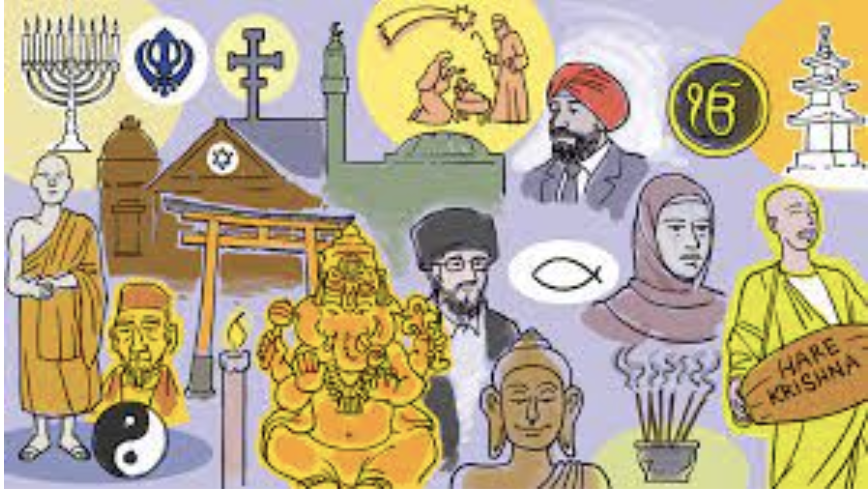On Feb. 25, former Labor Secretary Tom Perez defeated progressive Rep. Keith Ellison in a 235-230 vote to become the new chairman of the Democratic National Committee. Perez was considered the establishment candidate and benefitted from the support of former Vice President Joe Biden, while Ellison, who was backed by Senator Bernie Sanders, looked to move the Democrats further to the left. The chairmanship battle continued to display the deep divide that has emerged within the Democratic Party. Despite touting the most progressive platform in history last November, tensions remain between the progressive left wing and the more moderate establishment.
Perez, in an effort to unify the two factions, immediately appointed Ellison to serve as deputy chairman. Despite new leadership and Ellison’s inclusion, it remains to be seen how the Democrats will unify as they resist the Trump agenda and prepare for the 2018 midterm elections. Ideological differences threaten the unity of the party, but there is a potential unifier for the Democrats—religion.
The majority of Democrats (59 percent) are Christians and another 11 percent includes Jews, Muslims, Hindus and other non-Christian faith traditions. In total, 71 percent of Democratic or Democratic-leaning voters are religious. This is significant, especially as Perez, a Roman Catholic, and Ellison, a Muslim, attempt to revitalize the Democratic Party. Considering the religious majority of voters within the Democratic Party, it is conceivable that the new Democratic leadership could organize religious voters more effectively, building a winning Democratic coalition in the process.
Most observers of contemporary American politics are familiar with the Religious Right, though few recognize the often-overlooked Religious Left. Throughout the twentieth century, the Religious Left took the lead on important social issues, rallying against the injustices of industrialism, leading the Civil Rights movement and opposing the Vietnam War. For decades, religiopolitical progressivism was the primary source of religious activism, but the rise of the Religious Right ended the long-time success of its left-wing counterpart. By the twenty-first century, religious conservatism was the dominant religious movement within American politics.
In 2017, conditions are favorable for the reemergence of an emboldened and passionate Religious Left. Outrage and opposition toward the Trump administration’s agenda could lead to broad-based unification of progressives around values that align with those of the Religious Left: justice, inclusiveness, and love. Amid the current party divisions, Perez and a forward-looking Democratic Party would be wise to harness the potential of the Religious Left in its future strategies.
Because religious voters make up the majority of Democratic or Democratic-leaning voters, it is worth focusing on the uniting power of faith. There are favorable trends that show the promise of the longevity of such a movement. For example, there is a generational shift regarding religious orientation and it favors the Religious Left over the Religious Right. The percentage of religious conservatives has shrunk in each successive generation. Among the Silent Generation (ages 66-88), 47 percent of respondents identified as religious conservatives. That number decreases to 34 percent among Baby Boomers (ages 49-67) and to 23 percent among Generation X (ages 34-48). Among Millennials, religious conservatism is lowest at 17 percent. Conversely, religious progressivism is highest among Millennials at 23 percent, outnumbering religious conservative Millennials by six percentage points.
This trend demonstrates a rise in religious progressivism among Americans and a decline in religious conservatism. This pattern would benefit a Democratic strategy that highlights the Religious Left, as the newer generations of religious Americans are decidedly more progressive than conservative. Roughly one-in-five Americans consider themselves religious progressives, while 38 percent consider themselves religious moderates. Considering that the substantial majority of the Democratic base is comprised of religious voters and that there is a significant opportunity to draw in religious moderates, the Democrats can build a strong coalition by opposing Trump and claiming hold of the moral authority that comes with the pursuit of justice, inclusiveness and love through political action.
While the potential exists, the diversity of the broad Religious Left is an obstacle to successful mobilization. The Religious Right is a homogenous Christian coalition, but the variation in faiths in the Religious Left is less uniform. Because of this diversity, mobilization requires common ground on issues that appeal to the wide variety of religious traditions, making it a more challenging endeavor than the Religious Right’s. Despite this, the Democratic Party should identify and emphasize key areas of agreement among religious progressives.
For example, there is a general consensus over alleviating poverty through social welfare, acting on climate change, protecting the environment, pursuing social justice, and reforming the immigration system. There are, however, other moral and social issues that cause disagreements among the Religious Left. For instance, abortion and same-sex marriage—two issues that unite the Religious Right—instead divide the Religious Left. This is because both theologically liberal and conservative factions exist within the Religious Left. With those sorts of issues hindering efforts to unite the Religious Left, Perez should emphasize consensus issues with these voters. The strength of the noble causes that religious progressives can agree on will appeal to and unite these different faiths and factions.
The overwhelming presence of religious progressives within the Democratic Party’s base and the generational shift in ideology could prove to be beneficial factors if Perez were to include the Religious Left in future strategies. However, the Religious Left would not be sufficient to decide elections as a singular religious movement. Positive trends will sustain the Religious Left as a constituency, but religion’s place in leftist politics has been diminished as the Democratic Party has become more secular. Many religious Americans have continued to identify with the Democratic Party, but religiously unaffiliated voters, or “nones,” are the fastest growing bloc. In 2016, nones made up 29 percent of the Democratic electorate.
Considering this fact, it is clear that the Democratic Party will not prevail by the Religious Left alone. Fortunately, the Democrats are not in danger of losing progressive nones to the Republican Party. However, this is not a suggestion that the Democratic Party should ignore or abandon nones and cast themselves as an overly religious party. Instead, this is a suggestion that recognizes that the large majority of Democratic voters are religious and that religious Americans can be organized and mobilized in ways that nones cannot. Faith outreach, messaging, and partnerships with progressive faith-based organizations can go a long way in connecting with and mobilizing this substantial majority of the Democratic base. In fact, since the election of President Trump, there has been a bump in worship attendance in progressive Protestant denominations across the country. While it is unclear if this increase will sustain, it demonstrates that religious progressives are in search of answers. Perez should recognize this and seek out these voters, establishing them as the cornerstone of a new coalition.
If Perez were to lead the effort to inspire and organize religious progressives around the shared values of justice, inclusiveness and love, it would translate into the building of a broader coalition that attracts both religious moderates and secular liberals. With a Catholic chairman, a Muslim deputy chairman, and the motivating power that is the Trump presidency, the Democrats should be able to unite a diverse coalition around a solid Religious Left core.


